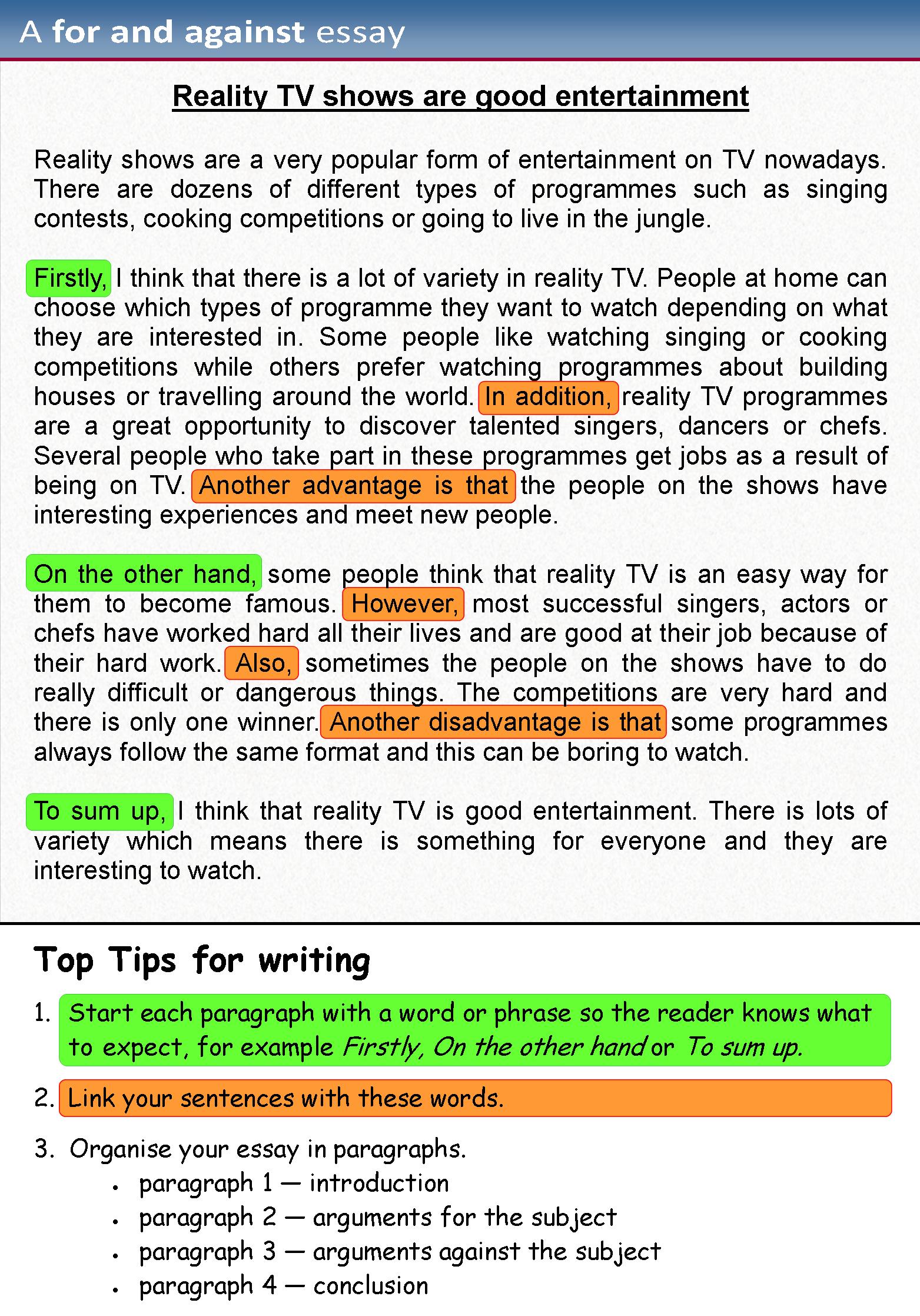What If essays help students develop their creative abilities and take a break from the tedious research of other subjects. Although it sounds easy, writing such essays is not an easy task. Even inexperienced writers face writer’s block. Listed below are some tips that will help you write a good What If essay. These tips will help you develop your own unique style of writing. Read on to learn more! How to Write a What If Essay
Structure
If you’re writing a what-if essay, you need to take several different areas into consideration. These three areas must all be addressed to make the essay work. You can’t do this by treating each section individually. Each of them must have a clear structure to make sure that the essay flows from start to finish. You must be able to provide a reason for the conclusion you reach and demonstrate your ability to take action.
When writing a what-if essay, you may find it helpful to follow a structure that helps you keep your story logical and easy-to-follow. For instance, a chronological essay could start with the invention of a game and move through its history, noting notable players. Another structure that works well is the problem, method, and solution essay structure. This structure discusses a problem, proposes a solution, and analyses the result to see whether it works. A theoretical essay may also propose a solution or even propose some research.
Organized thinking
There are many benefits of following an organized thinking process when writing a what if essay example. First, you can avoid wasting your time trying to find the right words. Then, you can easily identify and use key phrases that will make your essay more compelling. After all, your reader will be more likely to read your work if you have organized thoughts and ideas. A good way to get started is to read what other writers have done and apply what you have learned.
Transitional phrases
When writing a what if essay, transitional words and phrases are crucial to the flow of your story. These words and phrases guide the reader through the thought process, and they ensure that your writing is clear and concise. Here are some common transitional words and phrases that you can use in your essay. Use them sparingly to avoid a confusing ending or over-explanation of the story. For example, the transitional word ‘therefore’ connects two sentences.
Effective transitions show the reader how different parts of the piece fit together. Transition sentences and phrases link two paragraphs or sections of writing. Smith (2019) provides an example, using a participant who presses the Enter button after every stimulus. Using transitional phrases and sentences can help readers understand the connections between sections, and avoid repetitive words and phrases. To make your transitions as smooth as possible, use different types of transitional phrases.
Choosing a topic
While writing an essay, you may need to choose a topic. If you have no idea what to write, choose a topic that interests you. This will make your essay stronger. However, before selecting a topic, think about the purpose of the essay. The topic must match the purpose of the essay. If you’re writing for school, you’ll want to write about a specific topic. For example, if your essay is about a specific event, then your topic should be about the event.
Once you’ve chosen a topic, it’s time to gather resources and brainstorm. Brainstorming helps you generate ideas that you might find interesting. Brainstorming also helps you organize your thoughts and write a good essay outline. If you’re not familiar with the topic, think about what you enjoy or disagree with. This will make writing the essay much easier. If you’re not an expert in the subject matter, go for a topic that is less technical and more interesting.

